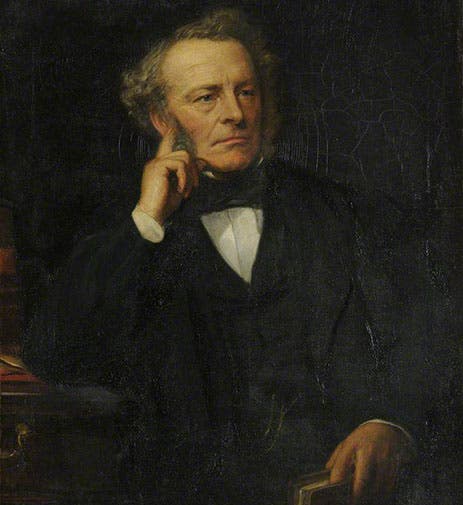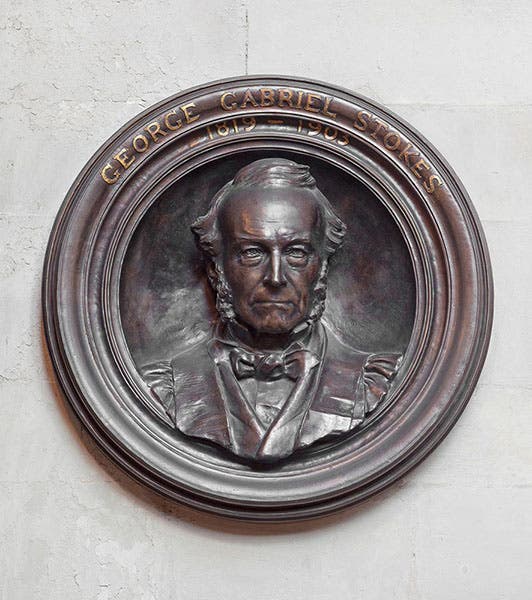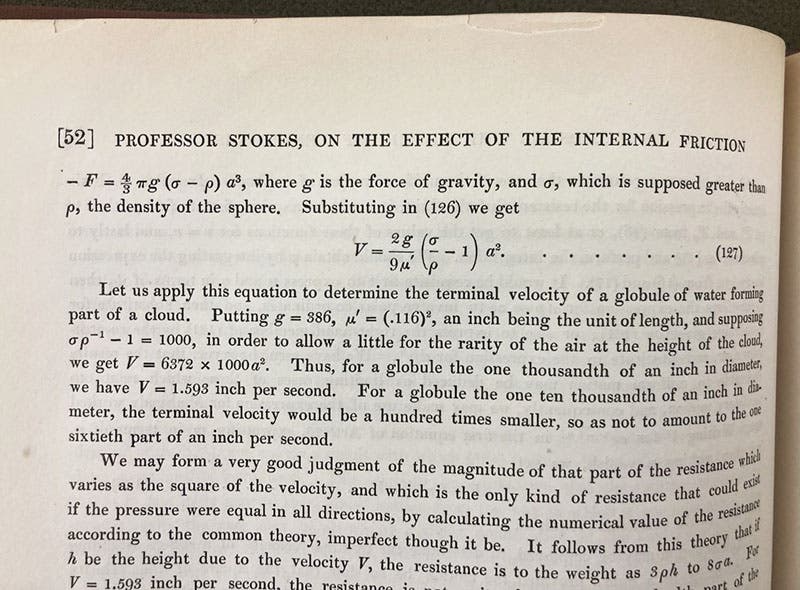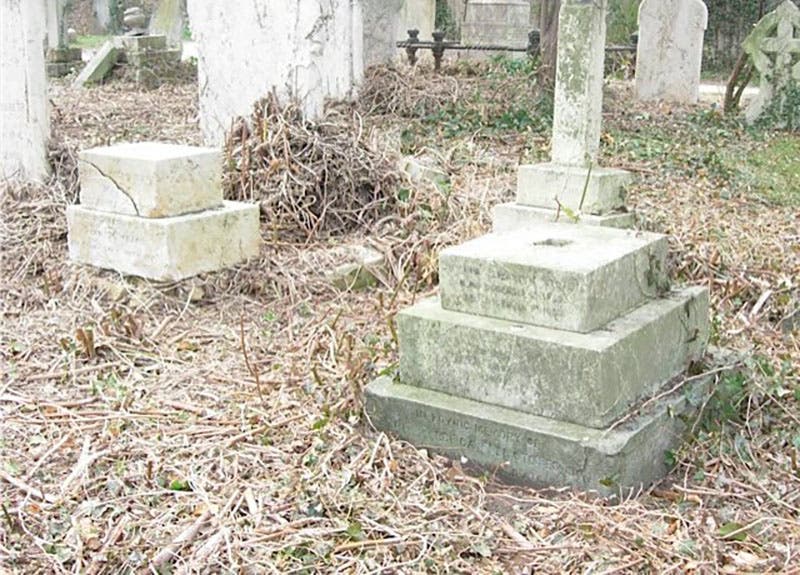Scientist of the Day - George Gabriel Stokes
George Gabriel Stokes, an Irish physicist and mathematician, was born Aug. 13, 1819. Although Ireland claims him, Stokes spent the last 65 years of his life at Cambridge University, where he eventually was appointed to the Lucasian Chair of Mathematics, a chair once filled by Isaac Newton and later by Stephen Hawking, and Stokes would occupy that position for 53 years. At the golden jubilee celebration of his professorship in 1899, he was made a Baronet by the Queen.
Stokes worked in all branches of physics except electricity and magnetism, not wanting to trespass on the intellectual territory of his good friend William Thomson, better known by his later title, Lord Kelvin. Stokes worked in fluid dynamics, optics, spectroscopy, fluorescence, and even physiology. He published a paper on frictional drag in fluids in 1851, in which he discovered the factors that affect the drag on a particle moving through a fluid, whether liquid or air. You can see the equation as he published it (third image, below), if you are interested – it is now known as Stokes’ law – and basically it says that the force retarding a spherical particle depends on the viscosity of the fluid, the radius of the particle, and the velocity through the fluid. As you can read just below the equation, Stokes was able to show why clouds exist, since the terminal velocity of a tiny droplet of water is just a fraction of an inch per second. Stokes’ law turned out to be quite handy, because not only can one calculate the terminal velocity when the viscosity is known, one can also measure the terminal velocity of a sphere falling through a liquid, and from that calculate the liquid’s viscosity. There are many YouTube videos that explain Stokes’ law; here is a good one.
Stokes made dozens of discoveries like this, which required both experimental skill and mathematical prowess; Stokes’ law is one of the few I can attempt to explain for the non-physicist, so I won't try to discuss any others. But I will point out that Stokes has more effects, phenomena, and laws named after him than nearly any other physicist. Indeed, Wikipedia has an entire article called "List of things named after George Gabriel Stokes," where, in addition to Stokes’ law, you can link to such subjects as Stokes number, the Stokes radius, and Stokes drift, not to be confused with Stokes shift. There are dozens more, indicating that he had a profound influence on many branches of physics.
All of Stokes' published papers were republished in book form from 1880 to 1905, as Mathematical and Physical Papers, eventually filling 5 volumes (the Library has this set in its collections, as well as a modern reprint). But not all of Stokes' discoveries were published. Kelvin was fond of telling anyone who would listen that he learned all about spectroscopy, and its relevance to chemistry, from Stokes' lectures in 1852, and was himself teaching the subject to his own students by 1854, and yet Gustav Kirchhoff and Robert Bunsen were being credited with founding spectroscopy in 1859. Stokes claimed he didn't publish because he did not have a clear understanding of the connection between bright-line and dark-line spectra, but Kelvin was insistent to the end of his life that Stokes should have received the credit given to Kirchhoff and Bunsen.
There is an oil portrait of Stokes at Pembroke College, Cambridge, where he was a fellow and, briefly, Master (first image). There are two different busts of Stokes at Cambridge, at the Fitzwilliam Museum and the Centre for Mathematical Sciences, both sculpted by the noted Hamo Thornycroft, but we show here another Thornycroft sculpture portrait of Stokes, this one a large portrait roundel that is in aisle of the north choir at Westminster Abbey (second image). However, Stokes is not buried there; he lies instead, with his wife and children, in Mill Road Cemetery in Cambridge. There is a simple pair of stacked stones for his wife, and another set for two daughters who died in infancy (fourth image, above). Stokes was buried between them, with no stone at all. That seems curious, but we must assume that friends and family were happy with the arrangement.
In addition to owning Stokes’ collected works, our Library has nearly every Stokes paper as it appeared in the original journals, such as the paper containing Stokes’ law, where our image came from its original appearance in the Transactions of the Cambridge Philosophical Society for 1851.
Dr. William B. Ashworth, Jr., Consultant for the History of Science, Linda Hall Library and Associate Professor emeritus, Department of History, University of Missouri-Kansas City. Comments or corrections are welcome; please direct to ashworthw@umkc.edu.









